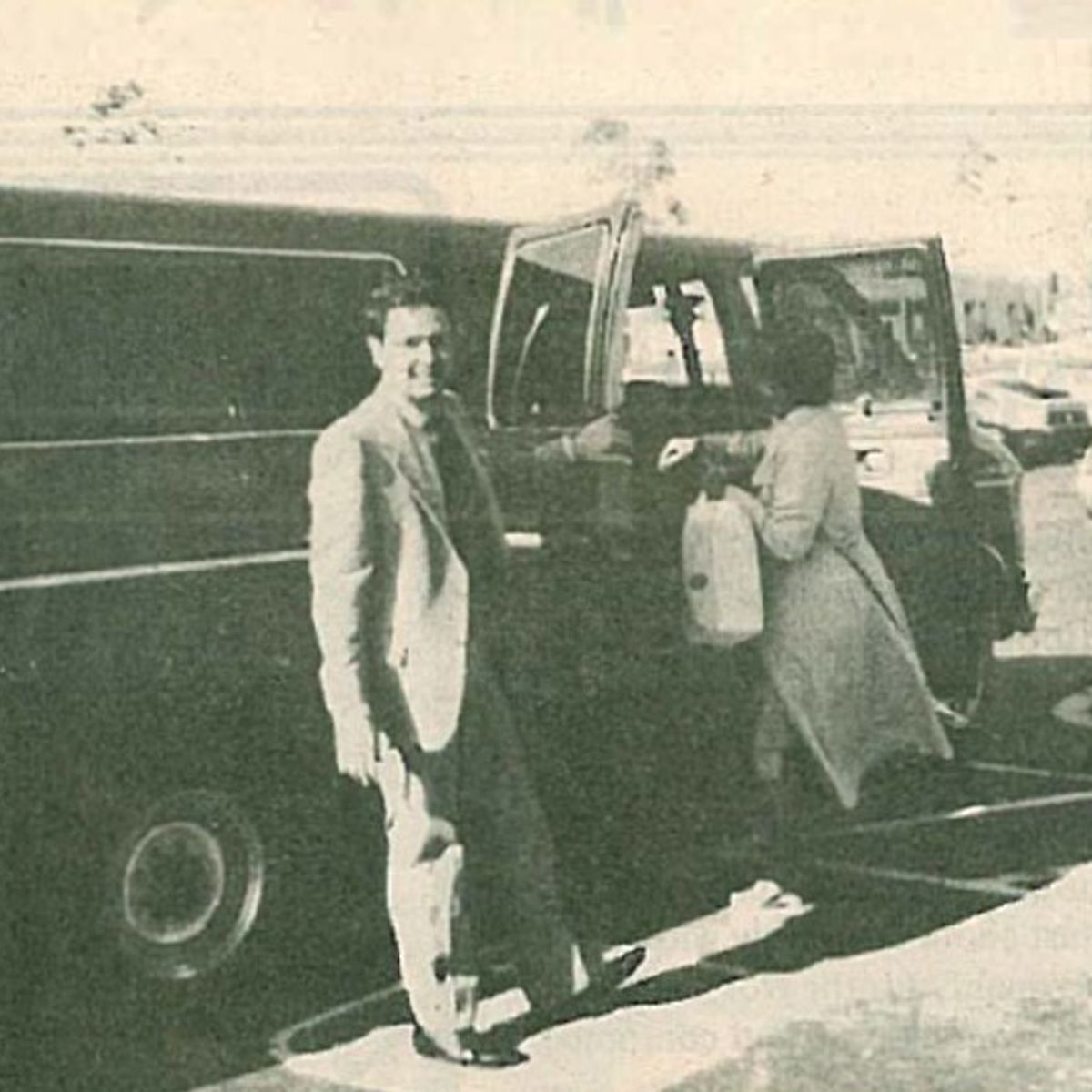Success Predicted for Traffic Strategies
Success Predicted for Traffic Strategies

An adequate transportation network is a major element in Pleasanton's plan for making sure that you will be able to travel comfortably on Pleasanton's streets and freeways. Through Transportation Systems Management, the City, local employers and developers will work together to assure the most efficient use of the street network and 10 prevent traffic congestion.
"Transponation Systems Management, or TSM for short, is a coordinated approach to provide for the smooth flow of traffic,” according to Karen Fraser-Middleton, Transportation Manager at Hacienda Business Park. ''The objective,”' Karen said, "is to ensure that the number of people traveling within and through Pleasanton is compatible with the City's facilities.”
In order to assure an adequate transportation. network, Pleasanton has already embarked on several street and intersection projects. The improvements completed include the widening of Hopyard Road and Santa Rita Road and the reconstruction of the west side of the Hopyard/Owens Intersection. Other arterial streets that will be completed this Fall are the reconstruction of the east side of the Hopyard/Owens Intersection, and the widening of Santa Rita Road and Stoneridge Drive.
Major freeway as well as arterial street improvements have been required as a condition of approval for the North Pleasanton Developments. A number of the freeway interchanges are scheduled for improvement in the next several years.
Fraser-Middleton identified four TSM elements that make sense for Pleasanton.
The first TSM component is traffic engineering. Nineteen intersections in Pleasanton are currently being controlled by the Multisonics VMS traffic control computer located in City Hall. As you approach an intersection, the system senses your car, as well as the other cars on the road. By monitoring the street sensors, the computer can adjust the signal lights so that you and the other cars can keep progressing smoothly through the intersection. The computer currently controls most of the traffic signals along Hopyard Road and will eventually service all of Pleasanton's traffic controlled intersections. When cars don't have to stop, there are less emissions, protecting Pleasanton's air quality.
As well as controlling traffic flow, the computer system can keep account of the number of cars using the streets. How many cars are on the roadway at peak commute hours, what direction they are flowing and which business park they go into or come out of can be tabulated by the master computer. The city will be able to identify which intersections are used the most, and then, if necessary, reduce and reroute the traffic. The computerized system makes driving around town more pleasant and is a powerful tool for analyzing the flow of traffic on the City's transportation network.
Maximizing the use of transit facilities is the second element of Transportation Systems Management. Pleasanton is currently served by the BART Express Bus, connecting the City to the Hayward, Bayfair and Walnut Creek BART stations. The buses also serve Alamo, Danville, San Ramon, Dublin, Livermore, Castro Valley, Hayward and San Leandro.
A Pleasanton/Dublin Transit Study was recently conducted to investigate developing a local bus service. The study recommended forming a Valley-wide Transit Authority, encompassing Pleasanton, Dublin, Livermore and the unincorporated area of Alameda County. The three City Councils and the County Board of Supervisors are currently reviewing the report.
The third TSM element that will used in Pleasanton is the employer-sponsored commute alternatives program. Companies that promote carpooling, vanpooling, riding transit, cycling and walking help reduce the number of cars on the road. According to Karen Fraser-Middleton, "Employees benefit from the stress-free ride in the van, bus or carpool and save money on commute costs. Walking, jogging or cycling is a healthy way to travel and businesses promote these alternatives by providing showers and bike racks. Those who carpool often get the convenience of a preferential parking space near the front entrance of the office!'
Alternative work hours are the fourth TSM method being used Pleasanton. Most people start at 8:00 or 8:30 a.m. and get off at 5:00 p.m. causing traffic congestion during the peak hours. With alternative work hours, employees can avoid the woe of traffic congestion and transit crowding by arriving before or after the peak period.
There are three types of alternative work hours: flextime, staggered hours and compressed work weeks. Company flextime programs allow employees to choose their own schedule (some start as early as 7:00 or as late as 9:30 a.m.) and many allow workers to vary their arrival times from day to day. Companies with staggered hours ask employees to use specific arrival times before and after conventional business hours. In a compressed work week system, an employer completes hours of work in four 1O-hour days. Alternative work hours reduce the number of commuters traveling at the most congested time of the day.
These four TSM strategies will improve the efficiency of Pleasanton’s transportation network.
To see a reproduction of the original article and edition of Pleasanton Pathways, visit: May 7, 1984 Pathways.




